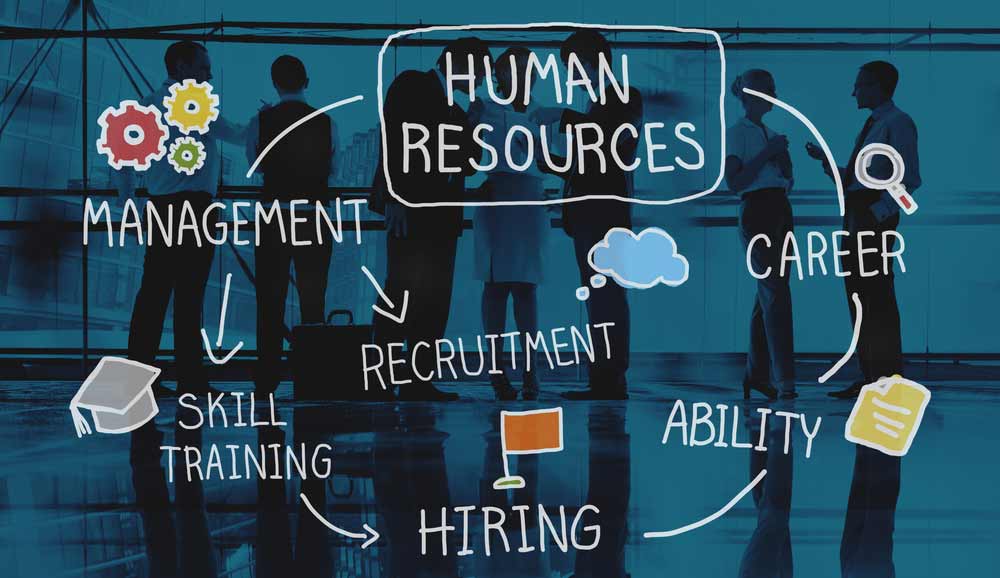We were recently joined by Annette Reavis, Chief People Officer at Envoy, which helps athletes train harder and smarter with clothing that measure how hard your muscles are working. Prior to Athos, Annette was the Chief People Officer for Root Insurance and spent 10 years at Facebook building and growing the HR function and teams from the early days.
Below are seven takeaways from the conversation:
What you need will evolve rapidly
In the early stages of growth your needs are constantly changing and it is hard to predict exactly what you need. Try to have your first 25 people be the type who can wear many hats, can tackle any problem and figure it out as they go.
Don’t worry about role definition so much as questions to be answered
When needs are changing so quickly, it can often be beneficial to frame your roles around questions to be answered. That adds clarity to the focus of the role, and a good employee will be able to figure out their focus areas based on how to answer those questions.
With that said, make sure you are clear on the problem they are solving, particularly, in the first six months. Sometimes businesses can make the mistake of hiring people too quickly who don’t have a clear purpose, and you end up having overlapping work across teams.
Changes are constant – get comfortable with turnover and letting people go
Sometimes the people you bring in and the needs of the role are not a good fit, and you have to get good at letting people go amicably. One way to assess this is if someone isn’t performing to your expectations, rewrite the job description of what you wish that person was doing. This will help you see the gap in their performance and allow you to start a conversation about what needs to change.
Simplify the unit economics before scaling
It is important to understand the fundamentals of your business so you don’t scale on top of unit economics that don’t work. Some businesses have wasted entire funding rounds going after the wrong market. It is also easy to get pushed into strategies by advisors trying to help who may not be as deep in the weeds as you. For example, going after the enterprise market is very different than the SMB market. Be thoughtful about which market you go after and why. This includes making sure you take the time to know your business, know your customers and find your motion before scaling.
Leaders define the culture of the company
For founders, culture is often a manifestation of your personality. It is important to do a lot of self reflection and self awareness exercises to nail what you want you, your employees and your company to represent. Find out who you are, use it to break the conversation around culture down and then define it. From there, find systems and processes that help you build on these things.
Find people who have done it before and develop ways to retain them
There is a misconception as a CEO that you are supposed to know everything, and you should let go of that. Figure out what you love doing, and build a team around you with complementary strengths to go. Bring in people who have demonstrated experience scaling in the areas you haven’t. Once you find the people you want to retain, take the time to understand their motivations and aspirations, and design an experience that works well for them so they stay with you for the long run.
You’re not alone!
The founder journey can be challenging, but know that you are not alone and many of the things you are experiencing are completely normal. What happens over time will begin to get familiar, and you’ll end up with frameworks and pattern recognition for things that fall apart, and you’ll know how to fix them quicker. It will never be perfect, but you can get better at the motions!
